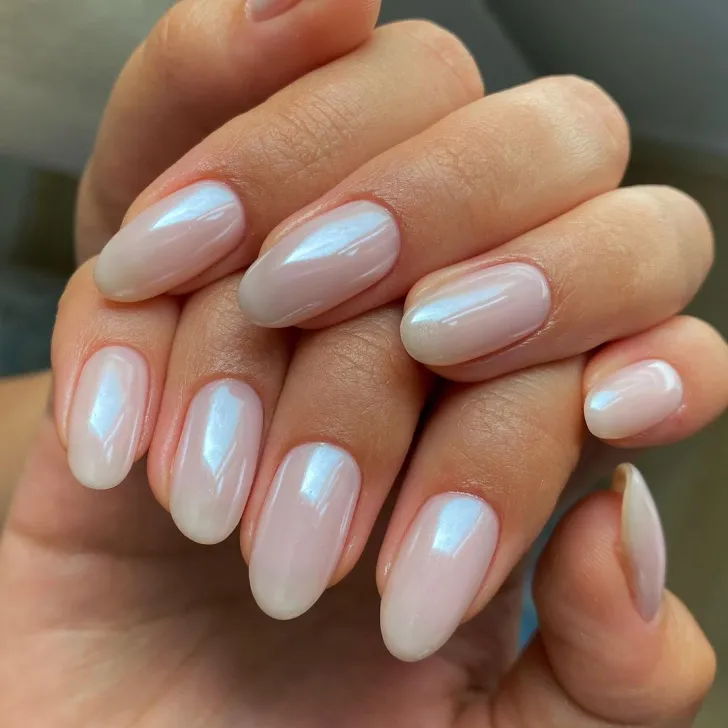
What is a Girdle: Understanding the Girdle
Understanding the Girdle: A Comprehensive Guide
The term girdle may evoke various images. In essence, a girdle refers to a specific type of belt or band worn around the waist. Historically, girdles served practical purposes, and they continue to hold significance in modern fashion. Moreover, girdles form part of many cultures worldwide, showcasing diverse styles and materials.
A girdle is a versatile piece of clothing, primarily worn by women. It serves multiple purposes, from enhancing body shape to providing support. Historically, girdles have evolved significantly, reflecting changing fashion trends and cultural norms. Today, girdles are often synonymous with comfort and style. They can be found in various materials, designs, and sizes to accommodate diverse preferences.
In fashion, the girdle is more than just an accessory. It is a functional garment that helps in shaping the silhouette. The modern girdle offers both physical support and aesthetic appeal. This dual function makes it a popular choice among many women. Comfort is paramount, and girdles have evolved to meet these needs. They can be worn under dresses, skirts, or pants without compromising comfort or mobility.
With the resurgence of vintage styles, girdles are back in the spotlight. Many designers draw inspiration from past fashion eras, incorporating girdles into contemporary collections. This trend signifies a broader appreciation for historical fashion elements. As a result, many women discover the benefits of wearing girdles. They not only complement outfits but also enhance body confidence.
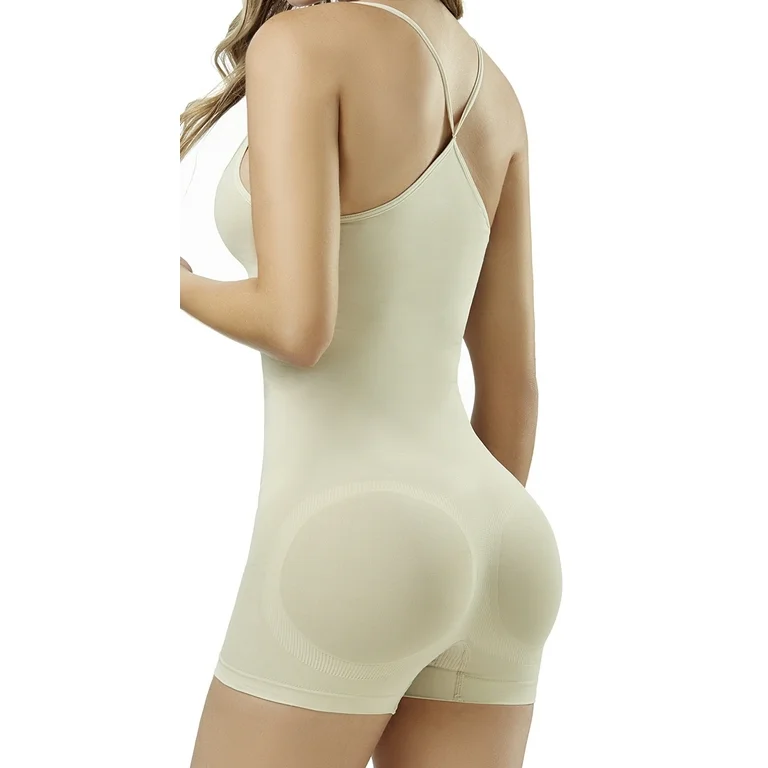
The Historical Significance of Girdles
Girdles have been worn for centuries, with origins tracing back to ancient civilizations. In medieval times, they served as a garment’s foundation, creating a structured silhouette. Girdles were often embellished with intricate designs and jewelry, reflecting the wearer’s status. During the Renaissance, they evolved into fashion statements, sometimes adorned with pearls and gems. This historical context highlights the importance of girdles beyond mere functionality.
While girdles played a crucial role in women’s fashion, men also utilized them. In some cases, men wore girdles for practical reasons, such as holding tools or weapons. Over time, the perception of girdles transformed significantly. In the 20th century, girdles became associated with corsets and restrictive garments. However, this perception began to shift, leading to modern interpretations that prioritize comfort and style.
Types of Girdles in Modern Fashion
In contemporary fashion, girdles have diversified into various styles. One prevalent type is the shaping girdle designed to create a flattering silhouette. These undergarments offer support and smoothing effects, often worn under dresses or skirts. Made from stretchy materials, shaping girdles come in numerous designs, catering to different body types.
Additionally, fashion girdles can serve decorative purposes. Fashion-forward individuals may choose stylish girdles to accentuate their outfits. Various colors, patterns, and fabrics provide limitless options. This diversity allows wearers to express their personal style while enjoying the benefits of a girdle.
Incorporating girdles into outfits requires thoughtful pairing. Whether worn over a blouse or under a dress, the right girdle can elevate an ensemble. Furthermore, girdles complement modern trends, allowing for an effortlessly chic appearance.
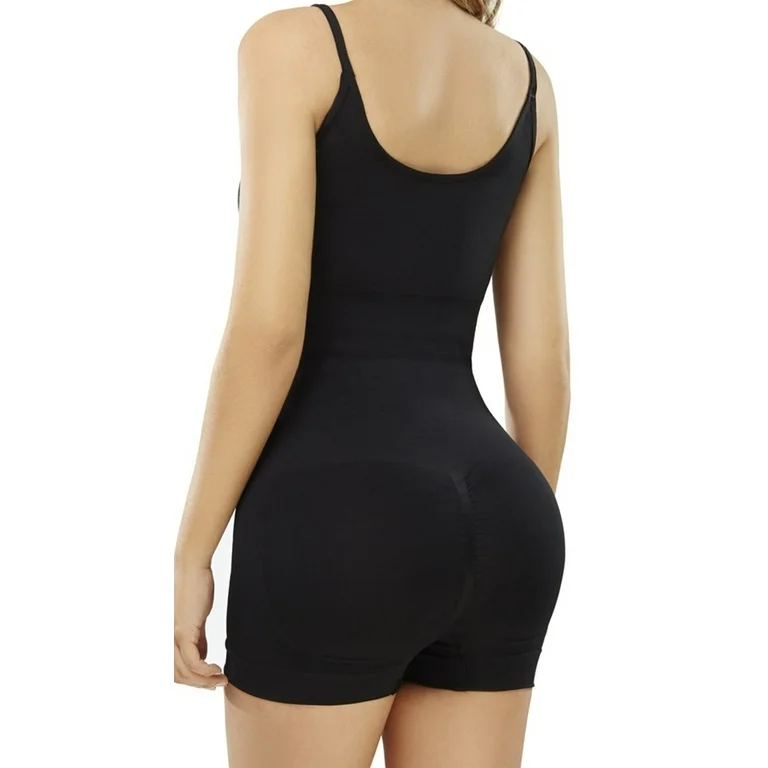
Girdles in Cultural Context
Girdles also have cultural significance in various traditions. Many cultures feature girdles as part of ceremonial attire. For instance, Native American and African cultures showcase beautifully crafted girdles made from traditional materials. These girdles often symbolize cultural identity and heritage. Thus, girdles serve as more than mere clothing items; they can represent a nation’s history and customs.
In addition to ceremonial use, girdles appear in dance and performance. Performers may wear brightly colored girdles that enhance their costumes and movements. These outfits blend functionality with aesthetics, creating visually stunning displays. Hence, girdles connect communities through shared traditions and celebrations.
Despite their varied cultural roles, girdles often face misconceptions. Some individuals view girdles solely as outdated or restrictive garments. However, understanding their significance in different cultures can shift this perspective. Appreciating cultural variations fosters respect and awareness.
The Evolution of Girdle Materials
The materials used to create girdles have evolved significantly over time. Traditionally, girdles were made from durable fabrics like leather or linen. These materials provided structure and support. As fashion progressed, textiles such as cotton and lace became popular. Each material introduced distinct qualities, allowing for endless design possibilities.
Currently, synthetic fabrics dominate the girdle market. Materials like spandex and nylon offer flexibility and comfort. This change is noteworthy because these fabrics adapt to body movements, enhancing wearability. The innovation in materials also contributes to the rise of shapewear, which has gained immense popularity.
Moreover, advancements in technology have influenced girdle production. Modern manufacturing techniques ensure girdles are both supportive and breathable. This development addresses past concerns about comfort. The combination of technology and creativity allows designers to craft innovative girdles that cater to contemporary needs.
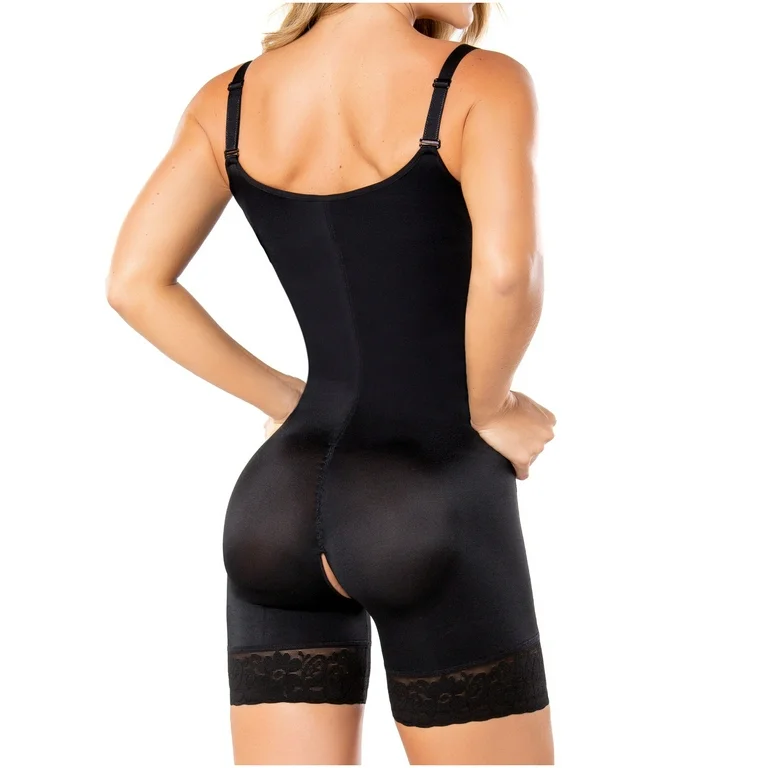
Choosing the Right Girdle for You
Selecting the right girdle involves considering several factors. First, it’s essential to determine the need for a girdle. Are the goals related to support, shaping, or style? An understanding of personal preferences aids in making informed decisions.
Next, sizing plays a crucial role in comfort. Choosing the right size ensures that the girdle fits without being restrictive. Trying different sizes and styles in-store can help find the best fit. Furthermore, various brands offer unique designs, so exploring different options is recommended.
Additionally, considering the occasion influences girdle choice. For casual wear, lightweight shaping girdles work well. However, for formal events, a more structured version may be appropriate. The right girdle can enhance an overall outfit while providing the desired level of support.
Care and Maintenance of Girdles
Proper care and maintenance of girdles extend their lifespan. Many girdles consist of delicate materials that require specific washing methods. Typically, handwashing is recommended to preserve quality. Gentle detergents prevent damage to the fabric and ensure they maintain their shape.
It’s advisable to air dry girdles instead of using a machine dryer. Heat can distort the fabric and elastic components. Instead, lay flat or hang to dry in a shaded area. This method helps maintain their original fit and design.
Regularly checking for signs of wear is also essential. Frayed edges or stretched elastic can indicate it’s time for a replacement. By providing proper care, girdles can remain functional and fashionable for years.
The Psychological Impact of Wearing Girdles
Wearing a girdle can have psychological effects beyond physical appearance. Many individuals report feeling more confident while wearing shaping garments. The added support can lead to improved posture, which enhances self-esteem. Feeling put together can influence interactions and how individuals perceive themselves.
Conversely, wearing a girdle may also evoke mixed feelings. Some individuals may feel restricted or uncomfortable in tightly fitted garments. This can lead to negative associations with body image. Understanding the dual nature of girdles encourages a balanced perspective.
Embracing body positivity and individual choices plays a critical role. Some choose girdles for comfort and boosting confidence, while others prefer to forgo them. Ultimately, the decision should align with personal comfort and style preferences.
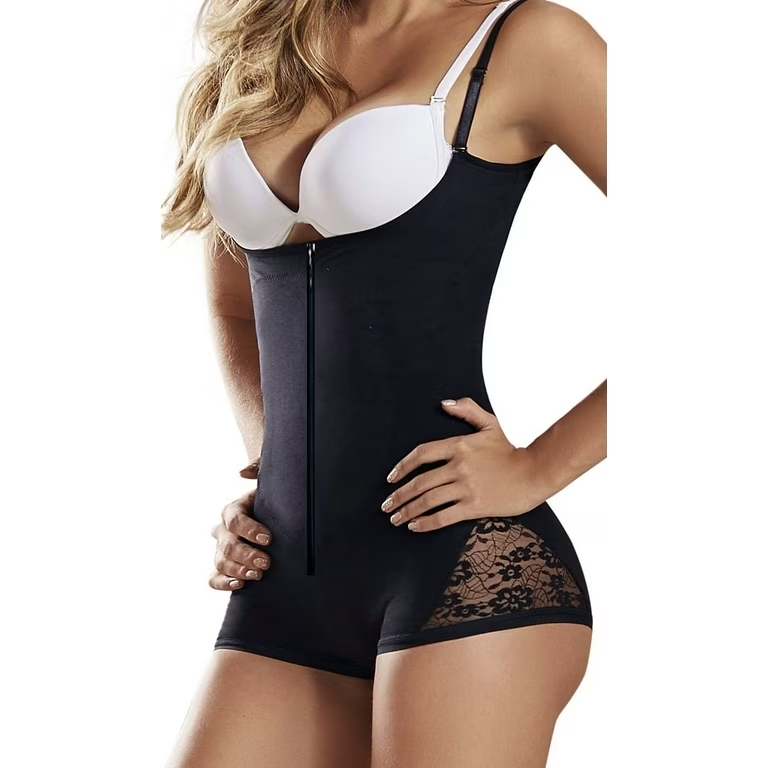
Conclusion: Embracing the Girdle in Modern Fashion
The girdle represents a fascinating blend of history, culture, and fashion. Understanding its evolution and significance highlights its role in contemporary wardrobe choices. As styles continue to evolve, girdles remain versatile garments adaptable to individual needs.
Embracing the girdle involves acknowledging its practicality and potential for enhancing personal style. Whether worn for support or decorative purposes, girdles can contribute to a polished look.
Ultimately, the choice of wearing a girdle should reflect personal preferences and comfort levels. As styles continue to diversify, the girdle can be an integral part of a well-rounded wardrobe.
Transitioning to the care of girdles, proper maintenance is vital for longevity. Regular washing and appropriate storage will prolong their lifespan. Most girdles can be machine washed, but it’s essential to check care instructions first. Using gentle detergent helps maintain fabric quality. Avoid bleach or harsh chemicals, as they can damage the material. Proper drying techniques further ensure the girdle retains its shape.
In summary, girdles represent an intersection of comfort and style. Their evolution reflects broader cultural shifts regarding fashion and body image. While they serve functional purposes, girdles also allow for personal expression. Women have the freedom to choose styles that resonate with their tastes. Understanding the versatility and significance of girdles can enhance one’s wardrobe. Embracing this timeless piece can lead to increased confidence in personal style.
Ultimately, the girdle is more than just an article of clothing. It embodies a rich history intertwined with fashion evolution. This garment remains relevant for many reasons, making it a staple in women’s fashion. Exploring the world of girdles opens up new avenues for self-expression and style enhancement. As styles continue to evolve, the girdle will undoubtedly maintain its place in fashion history. It is a timeless accessory that resonates across generations.
